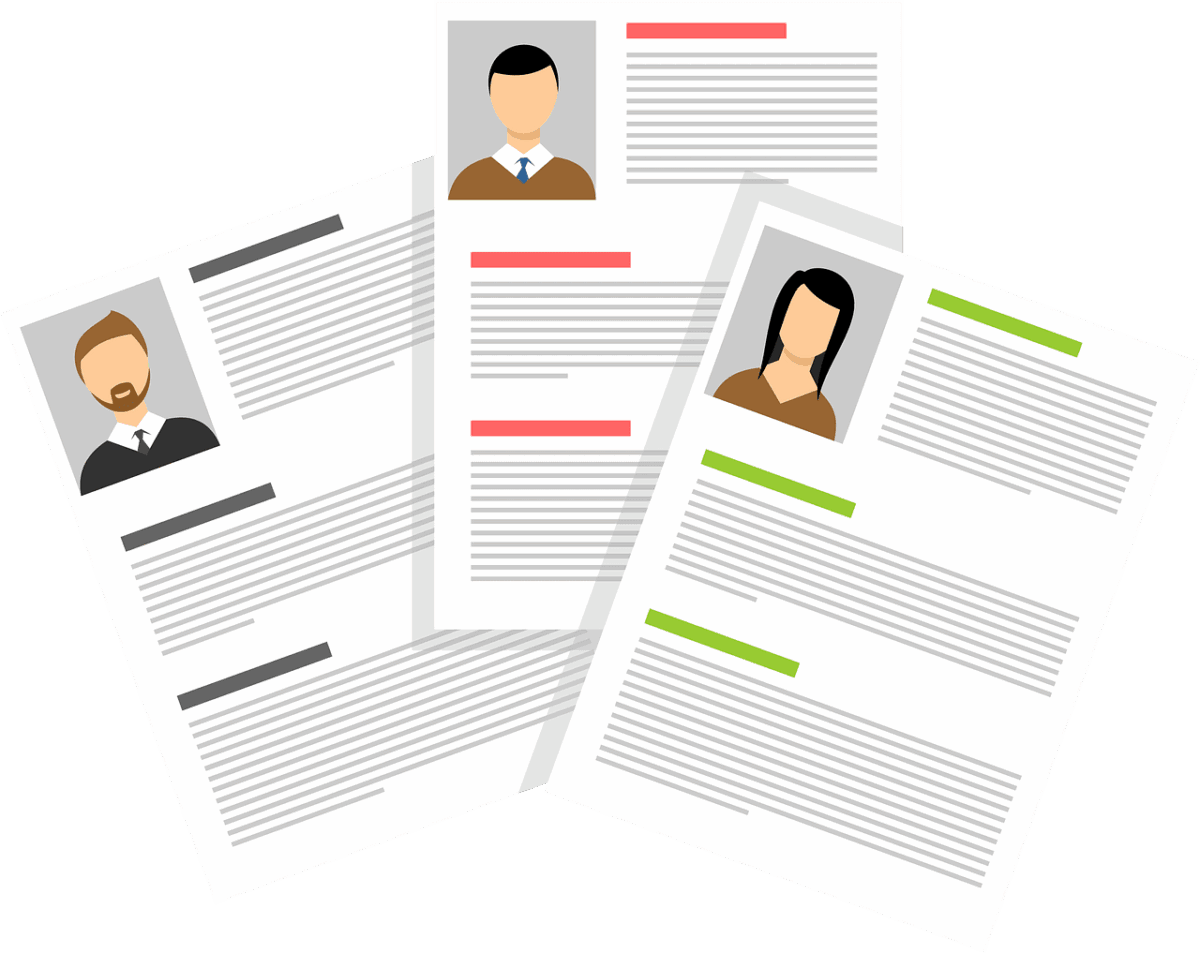A common discussion with people I mentor is how to properly structure a resume or Curriculum Vitae. It comes up often enough that I felt compelled to write about it last year: “Sweat the details on your resume, especially if you are a developer or technology leader.” In the last few weeks, I have reviewed multiple resumes from folks hoping to achieve a director-level or above role. I wanted to share some lessons on how an executive-level resume differs from others in Technology.
As a technology executive, your resume is your calling card—a teaser trailer for your professional achievements. Crafting a resume that highlights your leadership journey while demonstrating value is an art form, particularly as you aim for senior roles like VP, CTO, or similar. Here are key takeaways and strategies to ensure your resume stands out.
Tailor Your Resume for the Role
Your resume isn’t a one-size-fits-all document. Different audiences—recruiters, hiring managers, or automated systems—expect varying levels of detail. To make a strong impression:
- Create multiple versions of your resume:
- Short-form (2 pages or less): Use this for recruiters or direct submissions. Focus on succinct highlights that convey your biggest achievements and relevant experience.
- Comprehensive (full-length): Maintain this detailed record for Applicant Tracking Systems (ATS) or contexts where exhaustive experience matters, such as certain consulting or academic roles.
- Use strategic brevity: Each version should prioritize accomplishments and impact over exhaustive lists of tasks or skills. At the bottom of the short-form resume, include a URL to your full-length resume, LinkedIn profile, or personal website for those who want more detail.
- Tailor content to the role: If applying to a startup, focus on entrepreneurial accomplishments. For a multinational corporation, emphasize experience working with large teams or global operations.
Focus on Achievements, Not Responsibilities
Leadership resumes should emphasize measurable outcomes rather than generic responsibilities. This allows you to demonstrate value and differentiate yourself from other candidates. Consider these approaches:
- Use metrics whenever possible: Quantify your achievements to provide concrete proof of your impact. For example:
- Replace “Managed a team of data scientists” with “Grew a data science team from 5 to 20 members, delivering a 10x cost efficiency improvement in critical business processes.”
- Instead of “Improved system performance,” say, “Increased platform uptime from 97% to 99.9% while reducing hosting costs by $500,000 annually.”
- Highlight transformative initiatives: If you drove major changes—like adopting a new technology stack or transitioning a team to a new operating model—emphasize these innovations and their outcomes.
- Demonstrate multi-disciplinary management: Showcase examples where you’ve managed diverse teams or disciplines, such as engineering, product, and design. For example, “Led cross-functional teams spanning software development, UX design, and data analytics to deliver a platform used by over 10 million users.”
Put Your Most Recent Role First
Your current or most recent position carries the most weight. It’s likely the first thing a recruiter or hiring manager will read, so ensure it captures attention:
- Make it prominent: Place this role on the first page and dedicate the most space to it.
- Emphasize scope and results: Clearly articulate the scale of your responsibilities, such as budget size, team size, and direct impact on the company.
- Focus on strategic leadership: Highlight initiatives you spearheaded and the outcomes they achieved, particularly those demonstrating thought leadership, cross-functional collaboration, or innovation.
Save earlier roles for subsequent pages, reducing detail as you go further back in time. Roles older than 10 years may only need a line or two unless they’re particularly relevant.
Position Skills Strategically
Technical skills are critical, but how you present them matters:
- Avoid generic lists: Instead of placing a large block of skills at the top, embed them within descriptions of your achievements. For example:
- “Led migration to AWS Cloud, saving $1.2M annually and achieving 99.9% uptime.”
- Highlight relevant expertise: Tailor the skills you emphasize to the role you’re applying for. If you’re aiming for a director role in AI, showcase experiences involving ML frameworks and tools like TensorFlow or PyTorch.
- Subtly include soft skills: While technical skills are important, leadership roles often require strong interpersonal and strategic abilities. Show how you led teams, resolved conflicts, or drove cross-departmental alignment.
Summarize Career Progression
Rapid promotions and career growth can be a powerful selling point, but they need to be presented succinctly:
- Highlight trajectory: For example, “Promoted from Senior Machine Learning Engineer to Head of AI within three years.”
- Simplify titles: If your roles had incremental changes, summarize them into a cohesive narrative. For example: “Advanced from Senior Engineer to Director of Engineering over six years, culminating in leading a 50-person team and delivering $20M in annual revenue growth.”
- Emphasize leadership: Show how your roles evolved to include greater responsibility, larger teams, or more strategic initiatives.
Cut the Fluff
Hiring managers and recruiters skim resumes. Get to the point by removing irrelevant or overly detailed information. This will make your resume more focused and efficient, ensuring that only the most important details are highlighted.
- Avoid generic claims: Statements like “Proven leader” or “Results-oriented professional” don’t add value. Instead, provide examples that demonstrate these qualities.
- Skip common experiences: Transitioning to remote work during COVID-19 isn’t unique. Focus on outcomes that set you apart.
- Reduce early-career details: Unless highly relevant, roles from over 10 years ago should only include titles and dates.
Use LinkedIn and a Personal Website for Depth
Your LinkedIn profile and personal website can complement your resumé by providing additional details and ensuring you’re findable by recruiters:
- LinkedIn:
- Include all positions and significant accomplishments.
- Add media or links to showcase notable projects, talks, or publications.
- Use keywords strategically to improve searchability for specific roles.
- Personal website:
- A personal website can be a dynamic portfolio, host your detailed resume, and provide links to your projects, publications, or conference talks.
- Organize your website by sections, such as Leadership Roles, Key Achievements, and Speaking Engagements, to make it easy for recruiters to navigate.
- Use your website to expand on areas that wouldn’t fit in a resume or LinkedIn profile, like detailed case studies or thought leadership pieces.
Think Like a Hiring Manager
Your resume should:
- Reflect strategic thinking: Tailor information to the audience and highlight your ability to align your work with organizational goals. This approach will make your resume more strategic and thoughtful, resonating with the hiring manager’s perspective.
- Demonstrate leadership: Showcase your leadership skills by using examples of team management, cross-functional collaboration, or strategic initiatives. This will make your resume more confident and assertive and reflect your leadership potential.
- Inspire curiosity: Provide just enough detail to make recruiters and hiring managers want to know more about you.
Remember, the goal of your resume is to secure a conversation—not to answer every question upfront.
Advice for Aspiring Executives: Breaking Into Leadership Roles
If you’re seeking your first executive-level (Director or above) role, your resume needs to convey readiness and potential:
- Reframe your achievements: Highlight instances where you took on responsibilities beyond your official role, such as:
- Leading cross-functional initiatives.
- Mentoring junior staff or peers.
- Driving strategy or innovation.
- Show leadership impact: Even if your title doesn’t reflect it, focus on achievements that demonstrate leadership qualities, such as:
- “Initiated and led a company-wide migration to DevOps practices, reducing deployment time by 80%.”
- “Mentored three engineers who were later promoted to senior positions.”
- Emphasize thought leadership: Include speaking engagements, publications, or significant contributions to open-source projects to showcase your influence in the field.
- Network strategically: Your resume is only part of the equation. Attend industry events, contribute to discussions on platforms like LinkedIn, and seek mentorship from executives who can provide guidance and referrals.
- Communicate readiness in your summary: Begin your resume with a compelling summary that positions you as an emerging leader. For example:
- “Engineering Manager with a proven track record of driving strategic initiatives and leading high-performing teams, seeking a Director role to deliver innovative solutions at scale.”
Breaking into executive roles requires showcasing your potential and articulating how your experience aligns with leadership expectations. By tailoring your resume and approach, you can make the leap into senior management.
By taking a strategic, minimalist approach to your resume, you’ll showcase your accomplishments and demonstrate your ability to communicate effectively—a critical skill for any technology leader.


